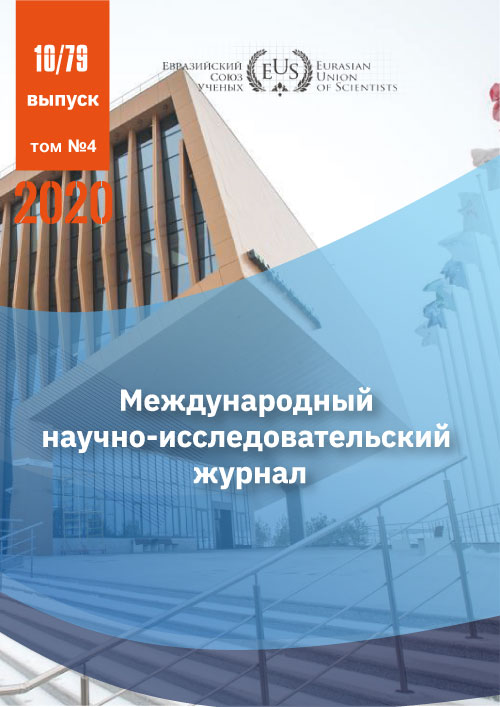PREREQUISITES AND PLOT-COMPOSITIONAL FEATURES OF THE DIRECTION OF SURREALISM IN THE VISUAL ARTS
Abstract
The article reveals the preconditions for the emergence and features of surrealism as an artistic direction. The rejection of the traditions of realism, the autonomy of the artist's personality, irony, playfulness in creativity, the scandalous and shocking nature of his presentation are due to the turning point of the era. The study of surrealism is aimed at forming a systematic, holistic view of the art of the past century in the reader, developing his own position in relation to its diverse innovations.
The influence of scientific art criticism in the field of surrealism on the formation of aesthetic views of modern Kazakhstani artists is considered. Philosophy, art or the real sciences: life, death, time, memory, war, love - these topics are always relevant for all areas of humanity and worldview. Describes traditional and modern artistic techniques used in the author's works of art based on the symbolic texts of surrealism. In today's era of globalization, when the country seeks to rethink its original culture and form a national idea and ideology, one of the most pressing problems of the modern era is the study of the origins and nature of our national traditional art.
References
2. Bell, Michael S., 1984. “Surrealism: An Alternative Approach: Veristic Attitudes in the Work and Writings of Contemporary Surrealists.” Leonardo. 247-252
3. Bradley, Fiona, 1997. Surrealism. London: Tate Gallery Publishing, 1997.
4. Finkestein, Haim. N. Surrealism and the Crisis of the Object. Michigan: Ann Arbor, 1979.
5. Freud, S. The Interpretation of Dreams. London: Wordworth, 1997.
6. Gauss, Charles E. “The Theoretical Backgrounds of Surrealism". The Journal of Aesthetics and Art Criticism. Autumn 1943. 37-44.
7. Homer, Pamela. M and Lynn R. Kahle. “A Social Adaption Explanation of the Effects of Surrealism on Advertising.” Journal of Advertising. 1986. 50-54, 60.
8. Ray, Paul C. “What was Surrealism?” Journal of Modern Literature. 1970. 133-137.
9. L. G. Andreev Surrealism; Higher school - M., 2013. – 232.
10. All about painting. Surrealism; Bestiary - M., 2015. - 112.
11. Russell Jesse Surrealism; Book on Demand - M., 2012. – 95-100.
12. Ergalieva R.A, Ethnocultural traditions in modern art of Kazakhstan. - Almaty, 2002. - 182. Print. (in Russian)
13. Ensegenuly T. Background channels (archetypes) of the history of Kazakh literature: ... in the records of Russian travelers of the early 19th century . - Astana: Altyn kitap, 2007. - p.215. Print (In Kazakh)
14. Orynbekov M. Tengrianism in the Kazakh worldview // History of Philosophy. Twenty books. - Astana: Translation, - 14. T 2006. - p.488. Print. (In Kazakh)
15. The worldview of the ancient nomads. Twenty volumes. 1. Т. - Astana: Translation, - 2005. p.496.
CC BY-ND
A work licensed in this way allows the following:
1. The freedom to use and perform the work: The licensee must be allowed to make any use, private or public, of the work.
2. The freedom to study the work and apply the information: The licensee must be allowed to examine the work and to use the knowledge gained from the work in any way. The license may not, for example, restrict "reverse engineering."
2. The freedom to redistribute copies: Copies may be sold, swapped or given away for free, in the same form as the original.







